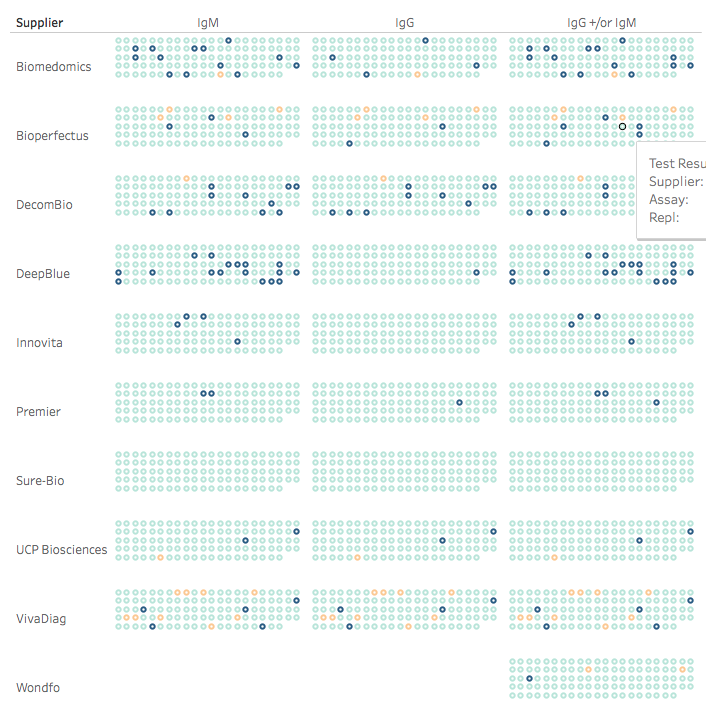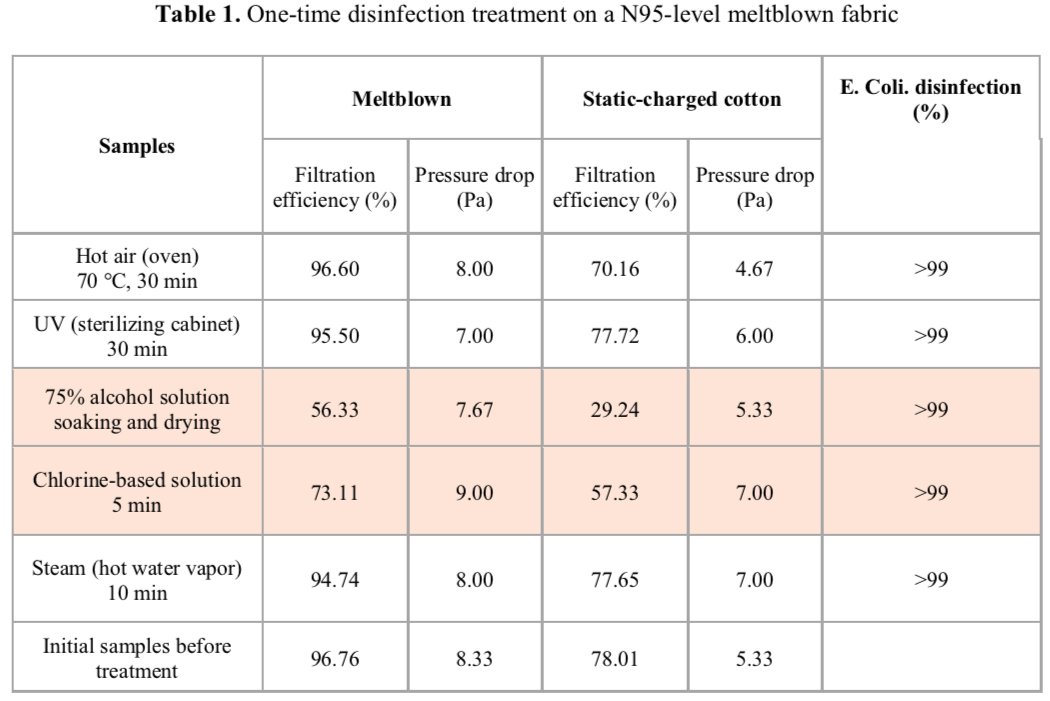
(1) The CDC studied household transmission. Results:
~53% of family members got infected overall
~53% got infected if index case was <12 yo
~38% if index case was 13-18 yo (insignificant difference)
So little kids transmit as easily as adults
Also...
cdc.gov/mmwr/volumes/6…
~53% of family members got infected overall
~53% got infected if index case was <12 yo
~38% if index case was 13-18 yo (insignificant difference)
So little kids transmit as easily as adults
Also...
cdc.gov/mmwr/volumes/6…
(2) Families were enrolled if index case was within 7d of symptoms. Family members were tested daily by nasal swab RT-PCR. Median time to new RT-PCR case was only 4d from index symptoms. 60% of new cases were asymptomatic at RT-PCR. By 1 week after study start, 33% still were.
(3) A good study overall, esp the daily RT-PCR which allows tracking spread regardless of symptoms, and the finding that kids of all ages spread COVID. Only thing more I want to know is what the RT-PCR cycle thresholds were each day and when exactly the new cases got symptoms.
(4) This would help answer the controversial question of how well viral titers correlate with symptom onset and how long the asymptomatic period is, e.g. if titers are in the transmissible range for several days before symptoms, that's bad news.
(5) With 41 new cases, it's easy to show such granular data. Where is Supp Info when you need it? Apparently epidemiologists don't have the same mechanistic interests as molecular biologists – or alternatively less motivation to milk a dataset to its maximum potential.
(6) BTW one thing that bothers me (not the authors' fault) is that CDC can't summarize informative findings like these in a press release. Rather the media have to notice the study, and then each person has to figure out what it shows. The CDC could be doing much much more.
(7) As a PH agency the CDC should be communicating the important things they learn as they learn them, at least for the record. In any case, I applaud the authors for their appropriate recommendation at the end, which is to isolate sick persons and wear masks in common areas.
(8) Finally it means we can be happy that CDC epidemiologists have finally moved past recommending only hand-washing and 6 feet distance to prevent the spread of an aerosolizable respiratory virus.
• • •
Missing some Tweet in this thread? You can try to
force a refresh





